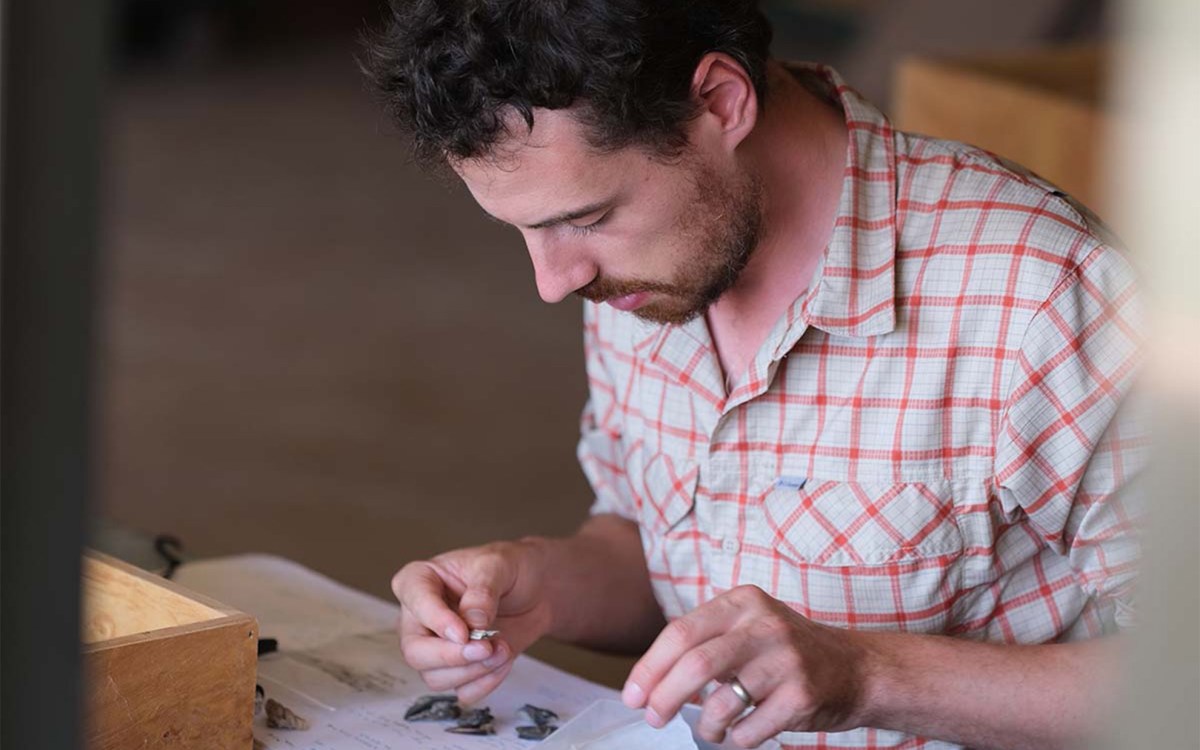Pluralism Project celebrates silver anniversary
In the early 1990s, Harvard ‘s Diana Eck, professor of Comparative Religion and Indian Studies, together with her students, began to study and document the changing religious landscape of the United States. The inspiration for this groundbreaking work, and the first researchers, were Harvard students.
“When I first met these new students — Muslims from Providence, Hindus from Baltimore, Sikhs from Chicago, Jains from New Jersey — they signaled to me the emergence in America of a new cultural and religious reality about which I knew next to nothing,” writes Diana Eck in her 2001 book “A New Religious America.” “At that point I had not been to an American mosque. I had never visited a Sikh community in my own country, and I could imagine a Hindu summer camp only by analogy with my Methodist camp experience. I felt the very ground under my feet as a teacher and scholar begin to shift. My researcher’s eye began to refocus — from Banaras to Detroit, from Delhi to Boston.”
Soon, Eck developed the Pluralism Project and expanded the study of religious diversity and interfaith engagement across the United States. Twenty-five years later, the Pluralism Project at Harvard University has helped to shape the field of interfaith studies through research, case studies, and educational resources. At the foundation of this work is Diana Eck’s definition of “pluralism”:
- Pluralism is not diversity alone, but the energetic engagement with diversity.
- Pluralism is not just tolerance, but the active seeking of understanding across lines of difference.
- Pluralism is not relativism, but the encounter of commitments.
- Pluralism is based on dialogue. The language of pluralism is that of dialogue and encounter, give and take, criticism and self-criticism. Dialogue means both speaking and listening; it reveals both common understandings and real differences.
The Pluralism Project is marking its 25th anniversary with an interdisciplinary conference, “Diversity and Inclusion in the American Crucible.” This conference, taking place Sept. 21–23 at Harvard University, includes a series of panels and presentations about religious diversity and interfaith engagement today, as well as the photography exhibit “Harvard: From Diversity to Pluralism.” These images, taken by the talented photographers of the Harvard Gazette, offer a glimpse of religious life on campus. Together, the images represent the inspiration for the Pluralism Project, the vitality of our diverse campus, and an example of an emerging pluralism in America today.
“What has happened here has also happened at colleges and universities throughout the country,” writes Eck. “Our campuses have become the laboratories of a new multicultural and multireligious America. The interreligious issues we face here are not just Harvard’s issues or America’s issues. They have become our own distinctive recasting of the world’s issues… Will all of these differences of race, culture, ethnicity and religion fracture our communities, or will they lead us toward the common purpose of an informed, energetic, and even joyous pluralism?”
For more information about the Pluralism Project and the conference “Pluralism Project @25: From Diversity to Pluralism,” please see: www.pluralism.org.





